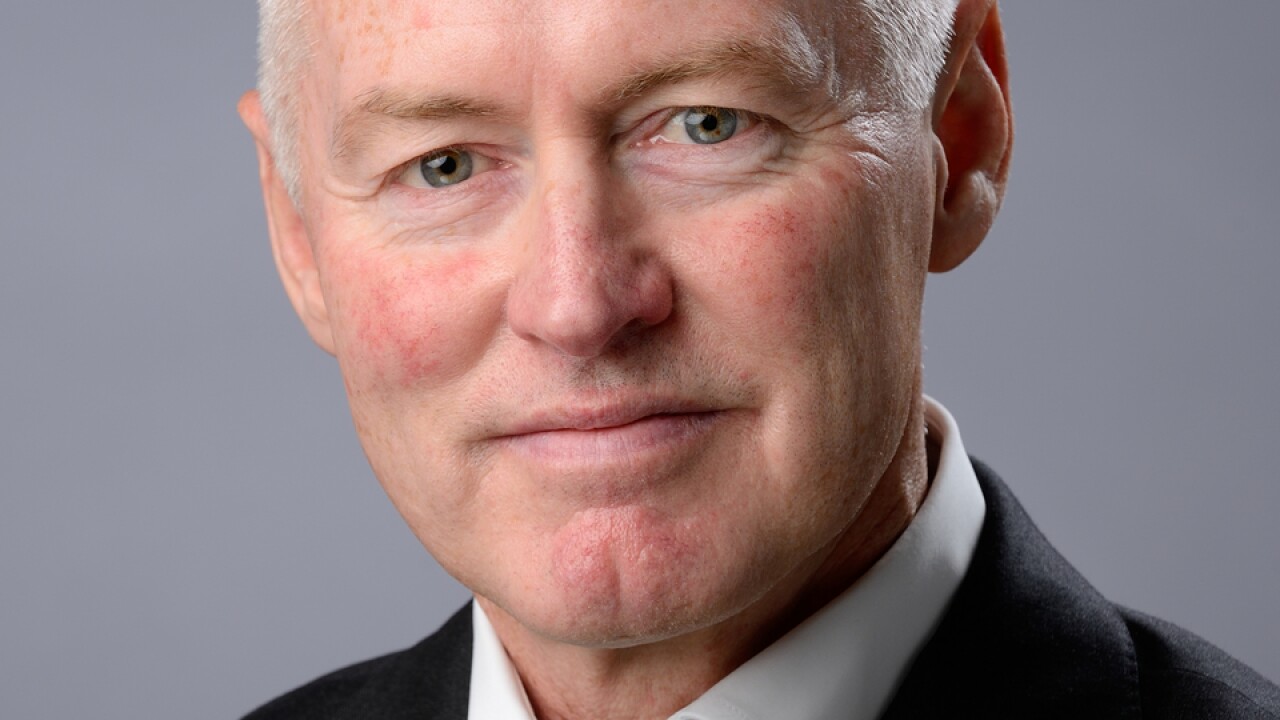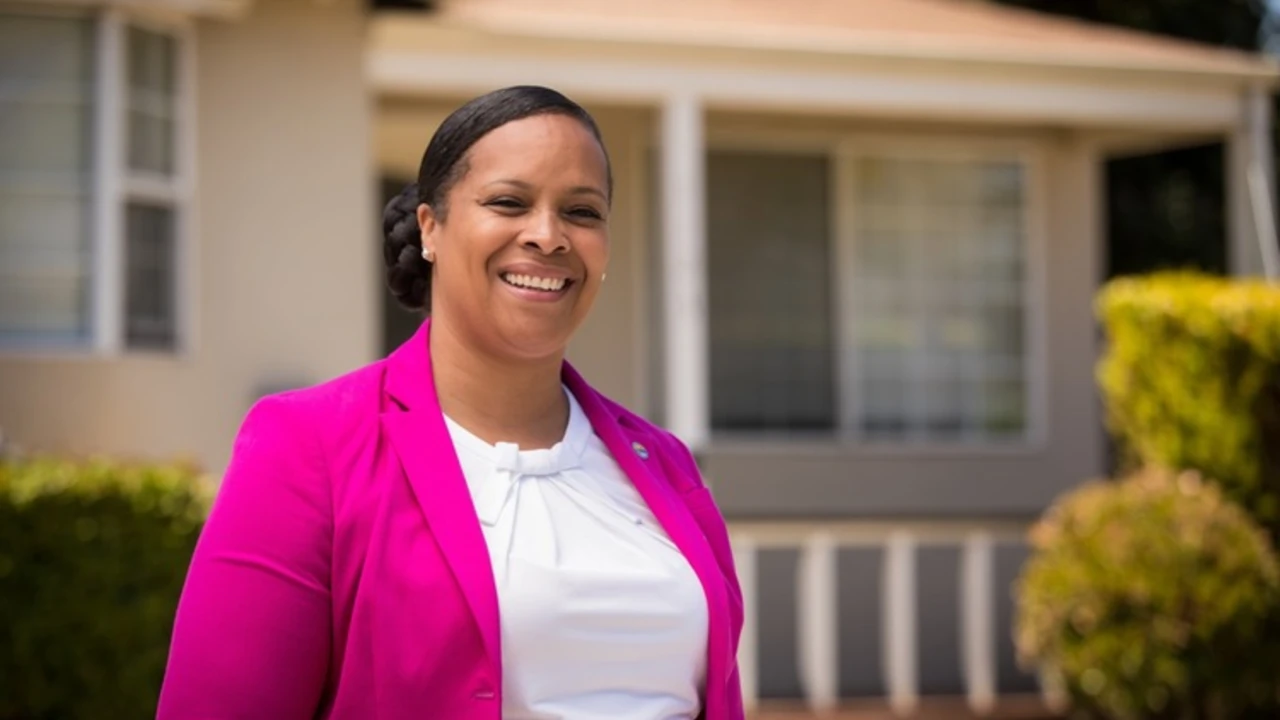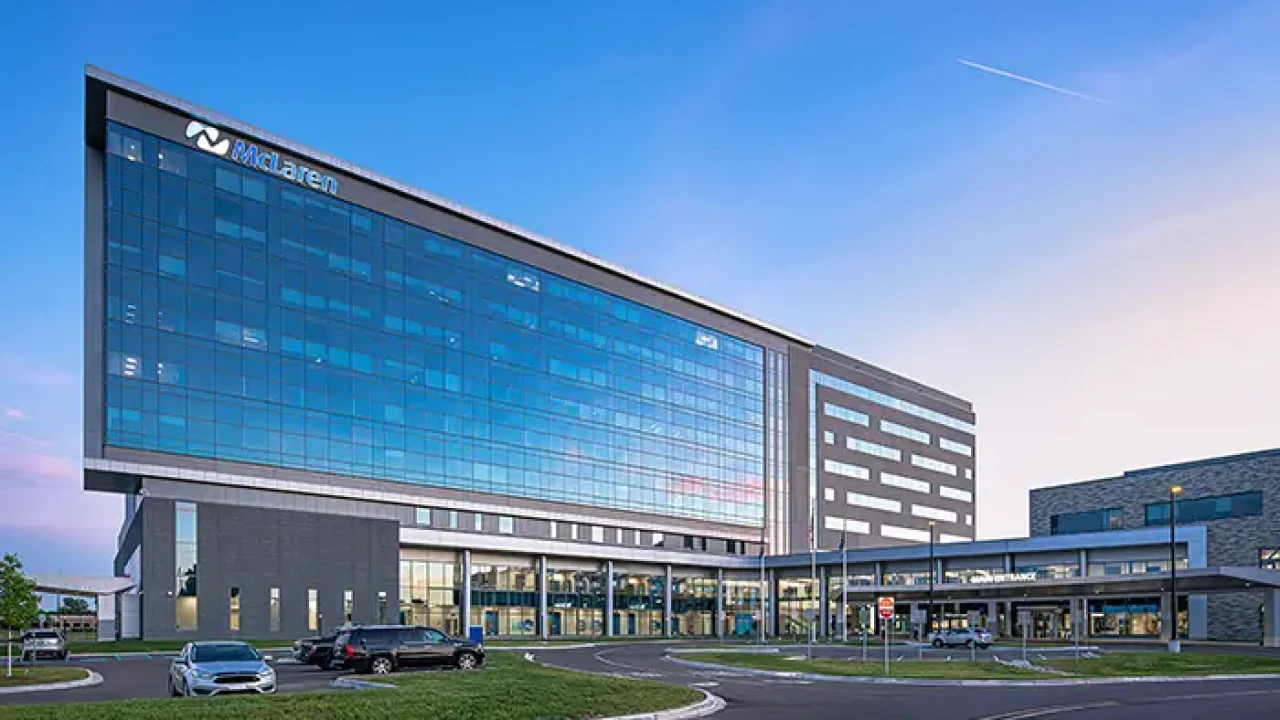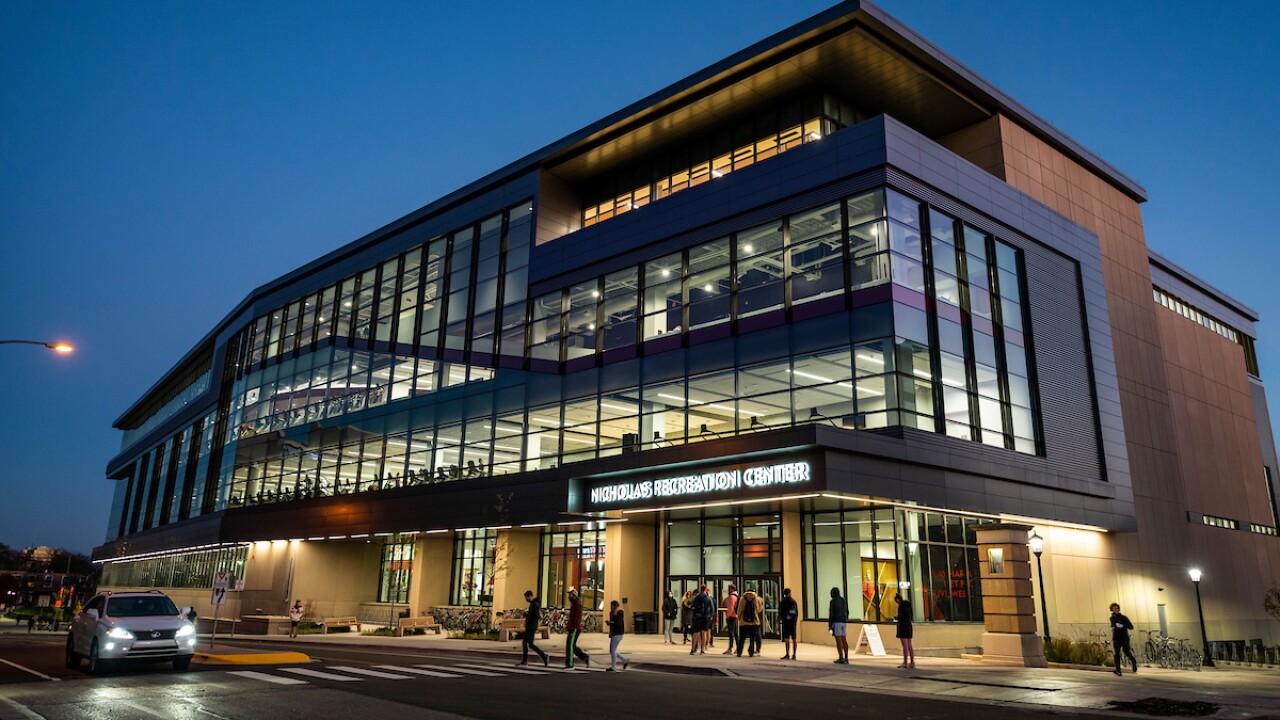
The U.S. Department of Transportation under the Trump administration is establishing its own pattern for awarding dwindling infrastructure grants as public finance officers, lawmakers, and the engineering community ponders a future that could feature more private investment.
"The public side has been dealing with these austere programs for decades," said Marsia Geldert-Murphy, a senior associate with GBA and past president of the American Society of Civil Engineers.
"You can't be innovative when you're just trying to get by and react. They just do not have the bandwidth, funding, or the ability to do that. That's where the private side can come in and not only lift up the level of innovation in the industry but also help the public."
Her comments came during a Global Infrastructure Investor Association conference in Washington D.C. which saw the launch of a 17-page white paper calling for more private investment in infrastructure.
"Private ownership, public-private partnerships and the use of private sector skills and experience can all help to usher in a new Golden Age of American infrastructure," said Jon Phillips, CEO, GIIA.
Private ownership of public assets has a complex history in the U.S. ranging from a troubled toll road in
The GIIA's suggestions for boosting private investment into public infrastructure includes streamlining the permitting process and tinkering with the DOT's Transportation Infrastructure Finance and Innovation Act program.
The group would also like to incentivize public private partnerships to make them more attractive to states and local governments, enable asset recycling, retain green energy credits, and raise the cap on private activity bonds.
Infrastructure spending in the U.S. received a $1.2 trillion shot in the arm during the Biden administration via the Bipartisan Infrastructure Law which remains in effect until Sept. 30, 2026.
According to May numbers the DOT said there is a backlog of 3,200 projects that were announced but not yet executed due to "wasteful social justice and green mandates."
In March the DOT reported that 67.3% of grant money has been obligated and 35.33% outlaid.
The battle over the future of infrastructure spending may tilt on a Congress and construction industry who favor the predictability and simplicity of formula funding supported by various forms of user fees as opposed to federal grants.
"We need to get back to the principle of making sure that we stay within those silos of dollars, those true trust funds that we have in the Highway Trust Fund, the Aviation Trust Fund, Inland Waterways Trust Fund and the Harbor Maintenance Trust Fund," said Rep. Sam Graves R- Mo., the Chairman of the House Transportation and Infrastructure Committee.
There are differing opinions on the same committee that favor keeping federal grants in place especially in areas here formula funds don't trickle down to smaller municipalities.
"Counties and cities with the capacity to utilize these grants and do projects is important," said Rep. Rick Larsen D- Wash., the Ranking Member on House T&I.
"We have smaller towns like Linden, Washington in my district, that decided to take a leap, figure out how to apply directly and then implement federal money directly for projects and they've been fairly successful at it."
Representatives from the private sector see those same cities and towns as fertile ground for new ways to build infrastructure.
"Congress needs to move to reauthorize and improve infrastructure laws so the state and local government and the private sector can continue to build and develop the next generation of infrastructure in the U.S.," said Phillips.





